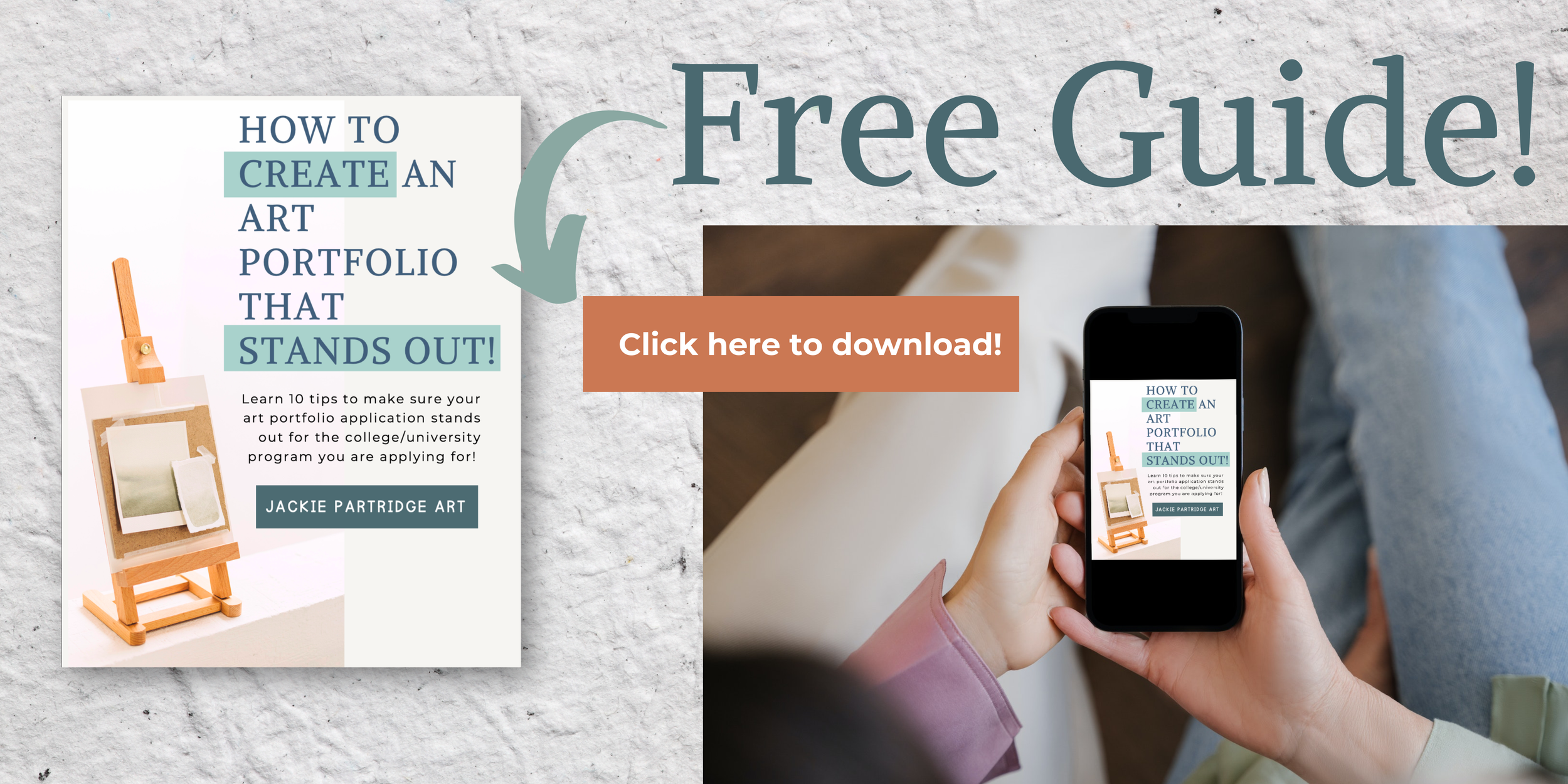As an artist, it is important to know how to keep a sketchbook. By using a sketchbook frequently and consistently, it will help you to keep track of your ideas and improve your art practice. Learn more about how to keep a sketchbook by reading more below!
How to Keep a Sketchbook
Why Should You Keep a Sketchbook?
Practice and Skill Development: A sketchbook allows artists to practice and refine their techniques, from drawing and painting to exploring new mediums. Regular sketching helps improve observation skills, hand-eye coordination, and confidence in making marks on paper.
By practicing your skills, especially on a daily basis in a consistent way you will improve your drawing skills and your overall art skills, including shading, drawing detail, and learning composition.
Creative Exploration: It provides a space for experimentation, letting artists explore different ideas, compositions, and subjects without the pressure of creating a finished piece.
Another way to use a sketchbook and keep up with using a sketchbook consistently is to see your sketchbook as a place to explore and experiment. Every page in your sketchbook is a chance to try different materials try new techniques and do different tasks before completing a final piece of artwork.
Visual Diary: Many artists use their sketchbooks as a visual journal to record everyday observations, experiences, and inspirations.
Seeing your sketchbook at a visual diary is a way for you to record your art process so that you can flip back through the pages and see what you did to create artwork or what specific technique used what materials you used and how you did something. You can label your pages with a date or the year you can title the pages based on the type of projects that you're working on. You can also record any notes and information that it might be helpful to refer back to.
A sketchbook can also be a logbook that is almost recording all of your scientific experiments if you were a scientist I'm letting you know exactly how that experiment went so think about what a scientist might record so they would want to know the materials that they used how much materials they used and what was the result of the experiment you can record this information as an artist as well.
Problem-Solving: Artists often use sketchbooks to work through compositional or conceptual problems. Sketching out ideas helps them visualize and test various solutions before committing to a larger piece.
By keeping a sketchbook, you can also plan problems in advance before they occur in a finished artwork so you were able to see and understand how the artwork is going to look visually and you can mitigate any problems that might occur by doing a rough sketch in your sketchbook and planning out the final piece of art that you are going to make.
Portfolio Development: For art students and aspiring professionals, a sketchbook can be part of their portfolio, showing process, experimentation, and artistic groIf you are not sure what our school or art program you want to apply to you can click the button below to access my free video training where I give you a list of questions to consider when choosing which art school to apply for any students wanting to go to art school whether you are going to an undergrad program or a master of fine arts program it's important to really keep a sketchbook and use your sketchbook on a daily and consistent basis. Sketchbooks are helpful because you might have an interview for the art school or art program that you are applying to, and they might ask to see your sketchbook.
If you are not sure what art school or art program you want to apply to. You can click the button below to access my free video training where I give you a list of questions to consider when choosing which art school to apply for.
Getting into art schools can be a competitive and stressful process if you want to learn about how to create an art portfolio that stands out, click the button below to download my free guide of 10 tips
Idea Generation: A sketchbook is a place to capture fleeting ideas, thoughts, and inspirations that can later be developed into more polished works of art.
By keeping a sketchbook, you can organize your ideas and refer back to your ideas at any time. As an artist, you can feel creative and inspired at any moment. I always like to carry a small sketchbook with me, especially when I am travelling so that I can record any ideas that come up. This could include the idea of a title for an artwork or a certain technique or material that I want to work with or how I want a final piece of art to look.
Learning how to keep a sketchbook as an artist is something that is truly fundamental and I can really change an impact your art practice in such a positive way!






